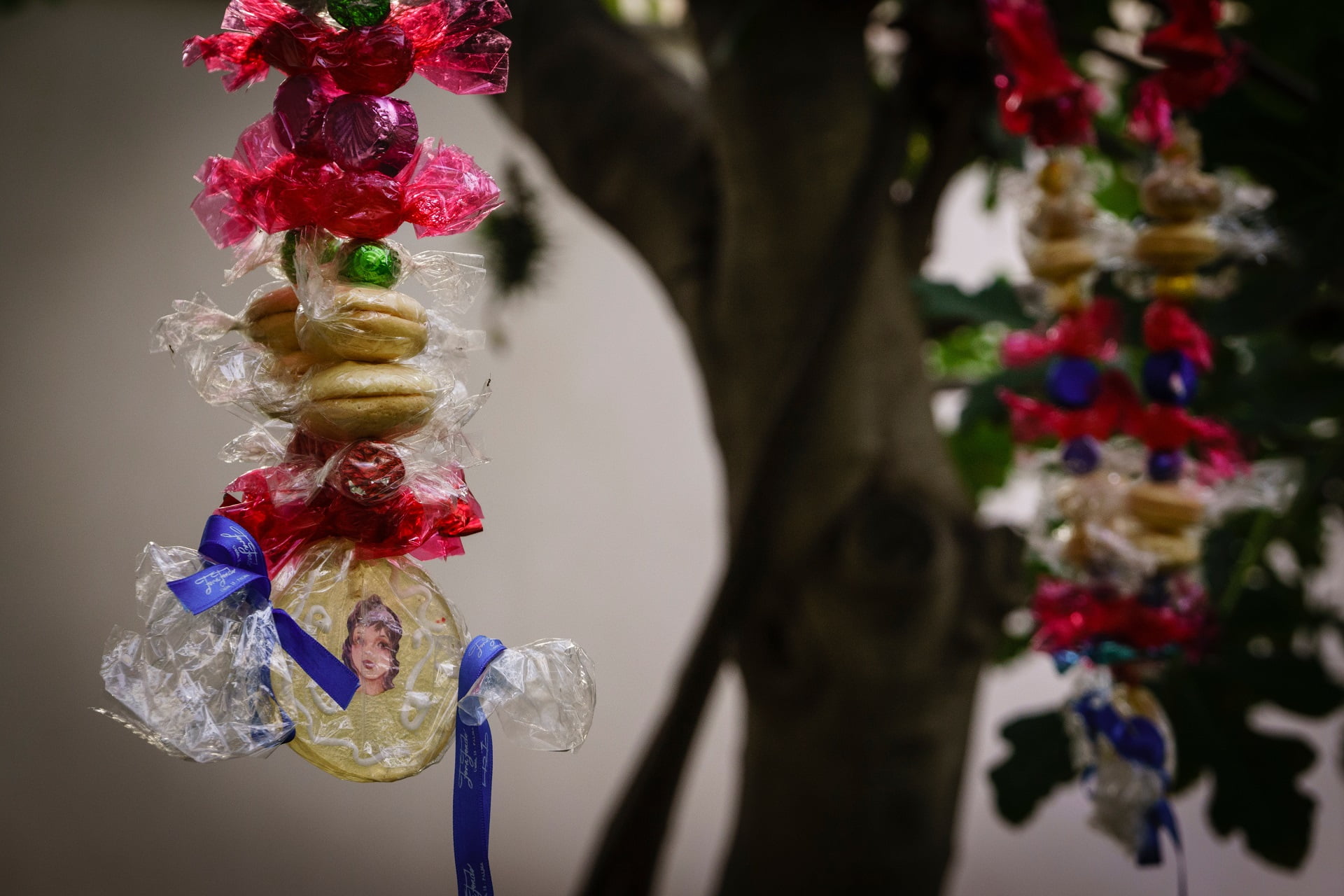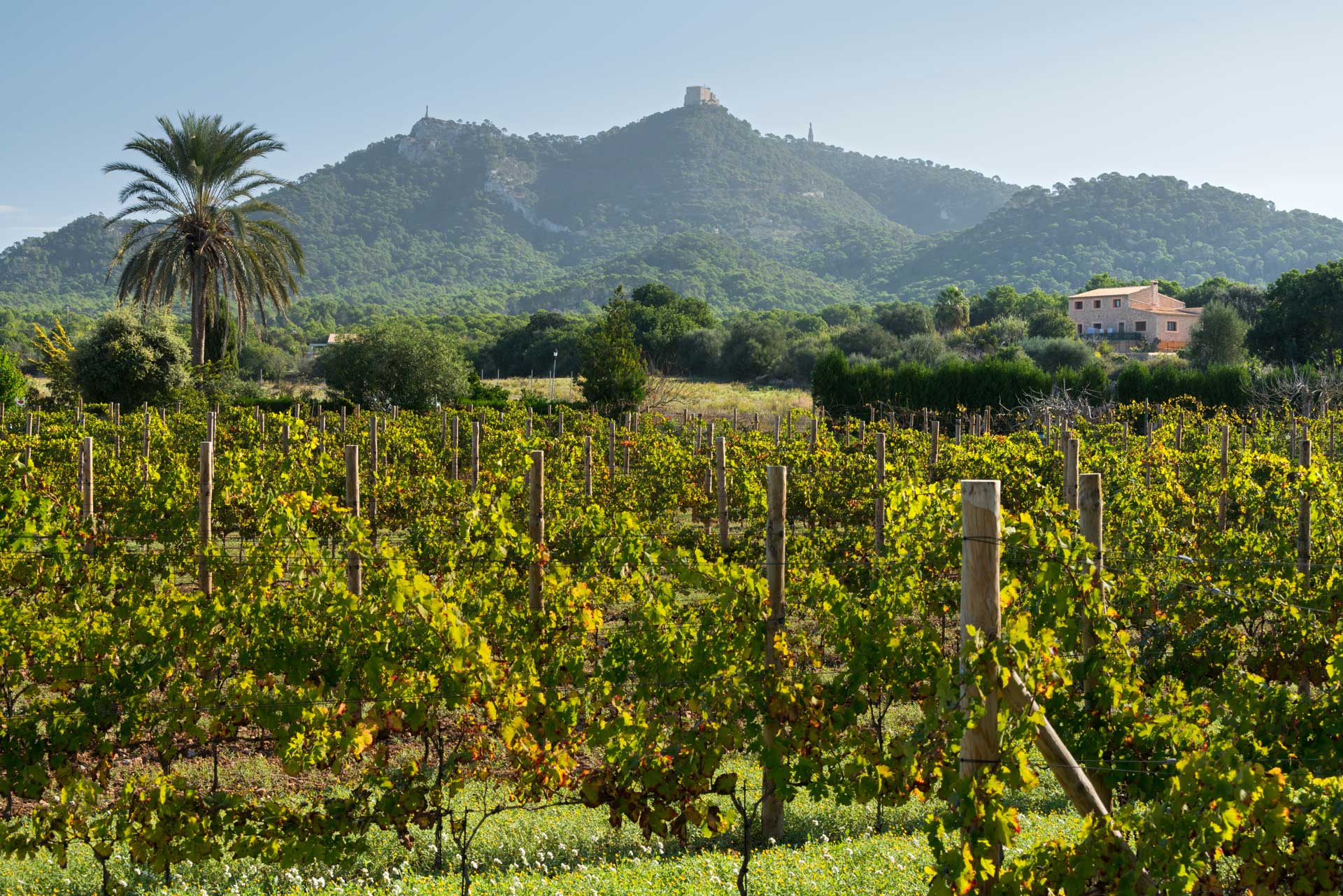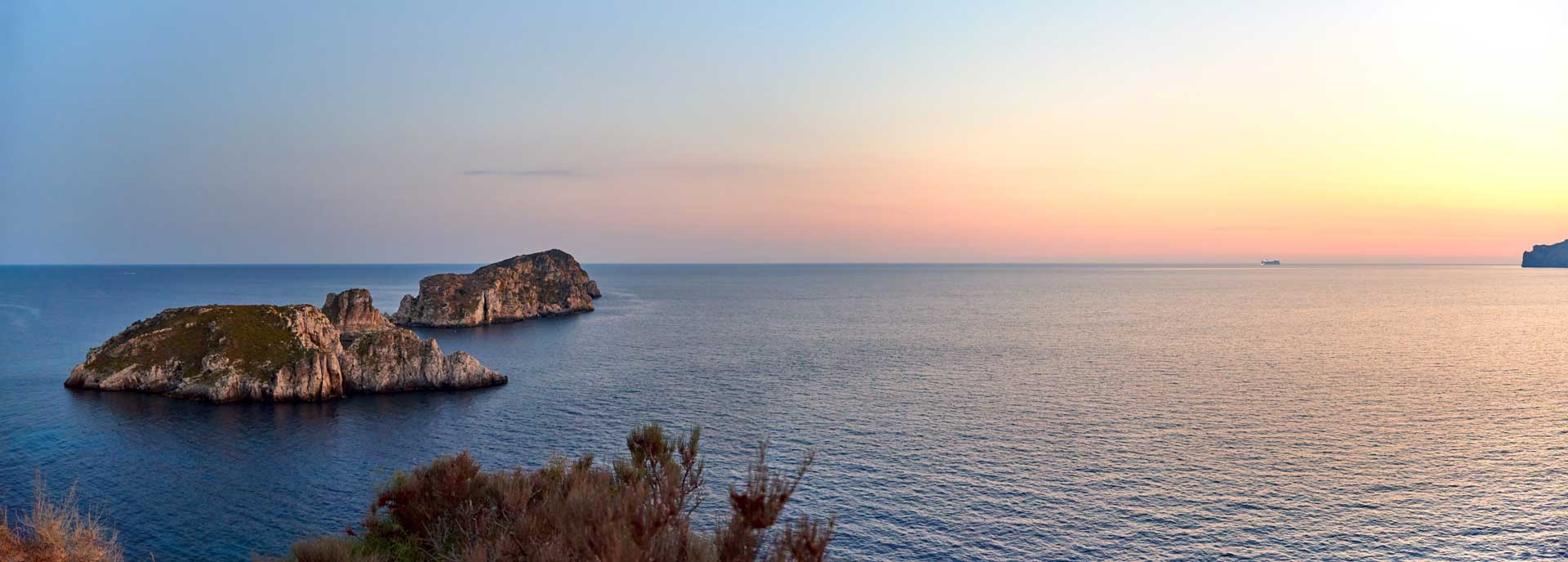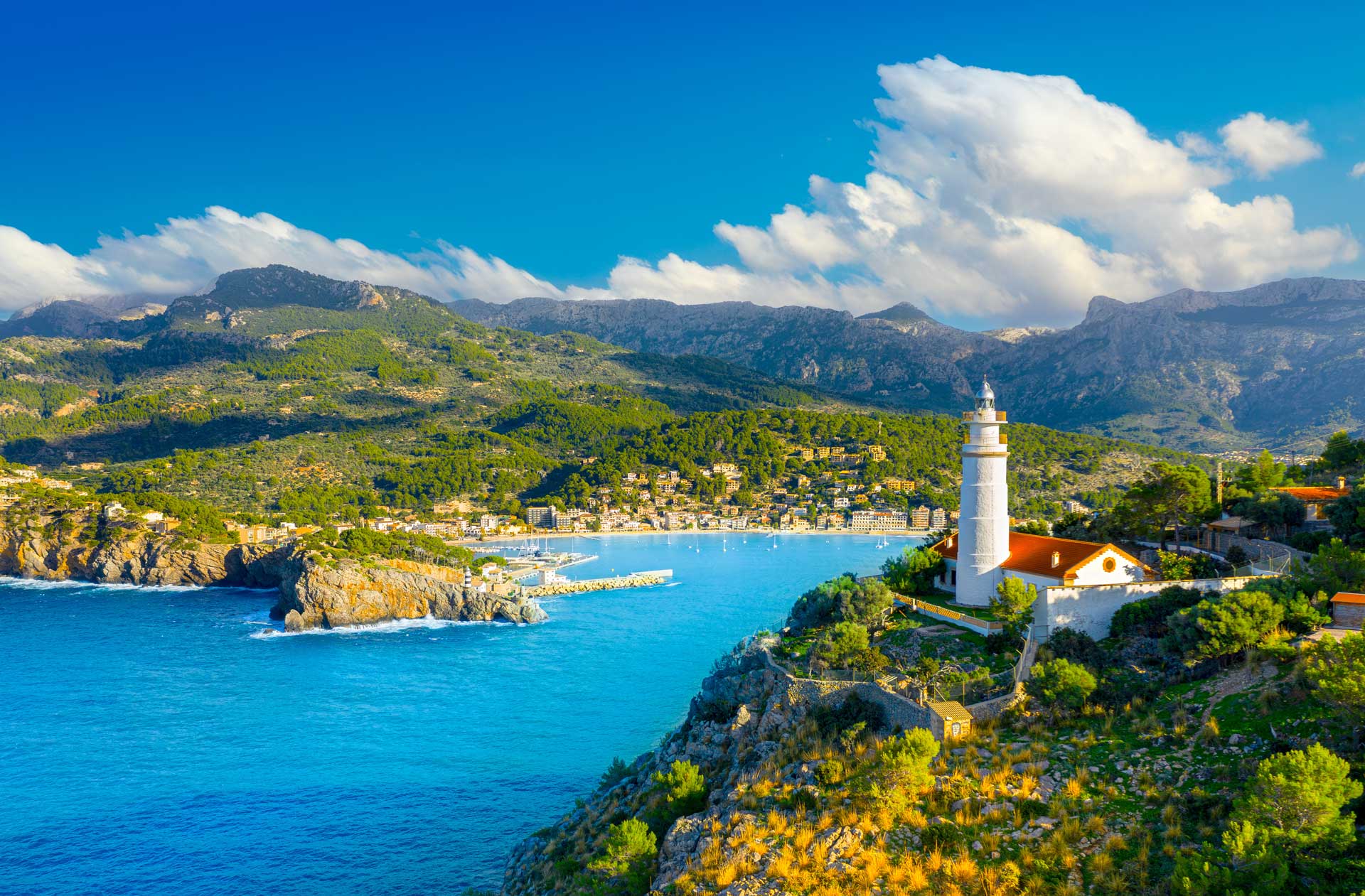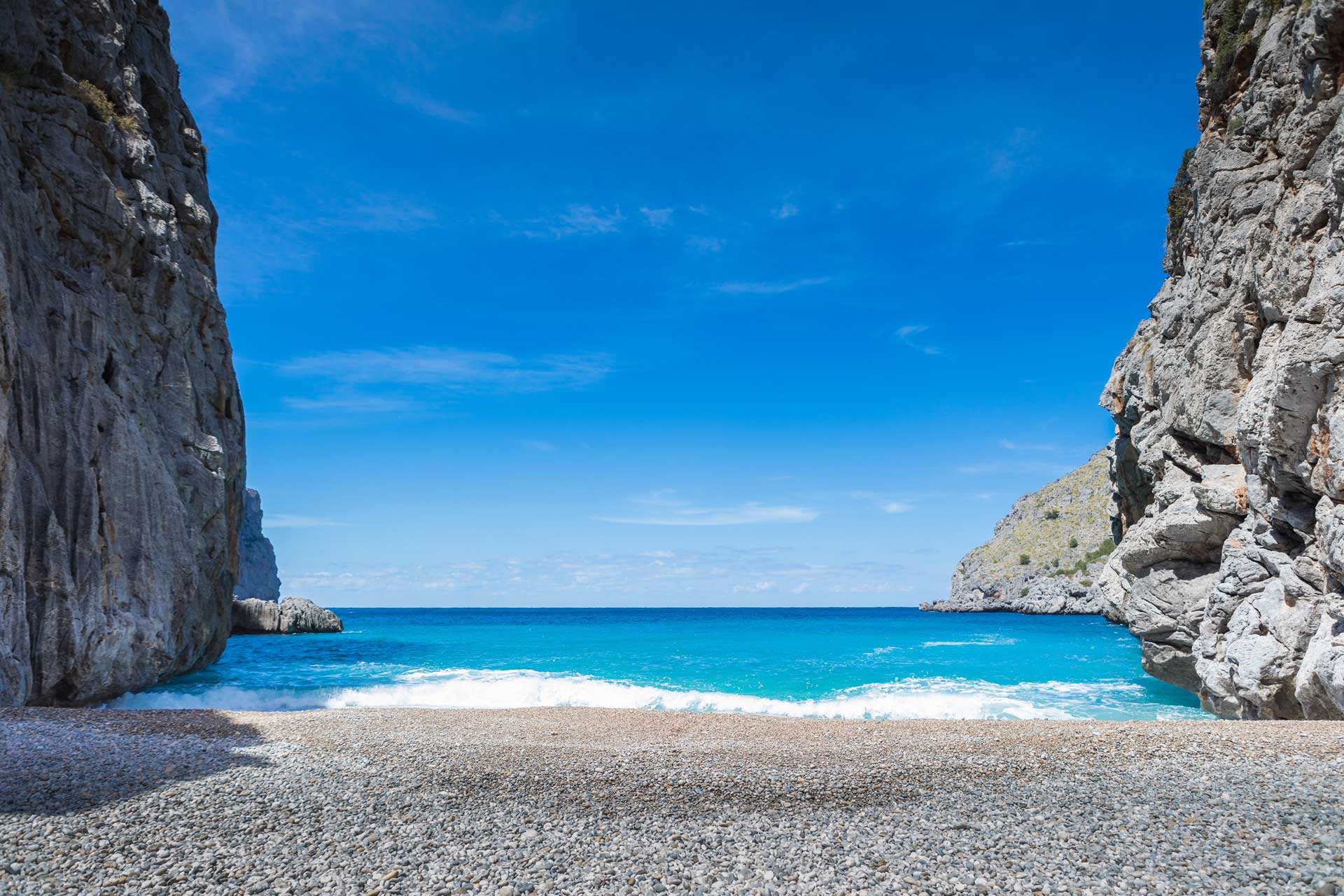April brings a remarkable change to Mallorca. While the rest of the world is just waking up from its winter lethargy, the island is already in the full swing of spring. The weather is milder, the days are getting longer, and although the almond trees have already lost their blossoms, nature continues to offer a spectacle of color and life.
In this month, Mallorca becomes the ideal destination for those looking for more than just beaches and sun. It is a perfect time to explore unhurriedly the streets of Palma, the charming villages and the hiking trails that reveal breathtaking views.
April is also synonymous with tradition and celebration. The Easter festivities and other local festivities take center stage, offering visitors and residents an authentic view of Mallorcan culture and customs.
In this article we will show you what makes Mallorca in April a special place. From its cultural events to its less known corners, we invite you to discover a different Mallorca, full of surprises and unique moments.
Contenidos / Contents
El clima de Mallorca en abril
Abril en Mallorca marca una transición clara hacia el buen tiempo. La temperatura media oscila entre unos agradables 16 °C y 18 °C, ideal para actividades al aire libre sin el agobio del calor intenso del verano. No obstante, las noches aún pueden ser frescas, con mínimas que a veces descienden a los 10 °C, por lo que es recomendable llevar algo de abrigo.
En cuanto al sol, este mes disfruta de una media de 13 horas de luz solar al día, lo que supone un incremento significativo respecto a los meses previos, permitiendo que tanto locales como visitantes aprovechen al máximo las horas diurnas. Esto también se refleja en la vida cotidiana y el turismo, con más tiempo para explorar y disfrutar de las actividades que ofrece la isla.
La pluviometría en abril puede ser variable, pero en general, es un mes relativamente seco en Mallorca. Aunque puede haber precipitaciones ocasionales, con un promedio de 40 mm repartidos en unos 8 días de lluvia en el mes, estas suelen ser de corta duración y no afectan significativamente los planes de viaje. De hecho, la lluvia ocasional contribuye a la exhuberancia de la flora de la isla, que está en pleno florecimiento en este tiempo.
Es importante para los visitantes tener en cuenta estas condiciones climáticas al hacer sus maletas, así como para planificar sus actividades. Para aquellos que buscan disfrutar del mar, la temperatura del agua aún está fresca, rondando los 16 °C, lo que puede ser refrescante para algunos nadadores.
Por tanto, abril es un mes excelente para visitar Mallorca si buscas disfrutar de un clima templado, con la posibilidad de experimentar la naturaleza en su esplendor sin las multitudes del verano.
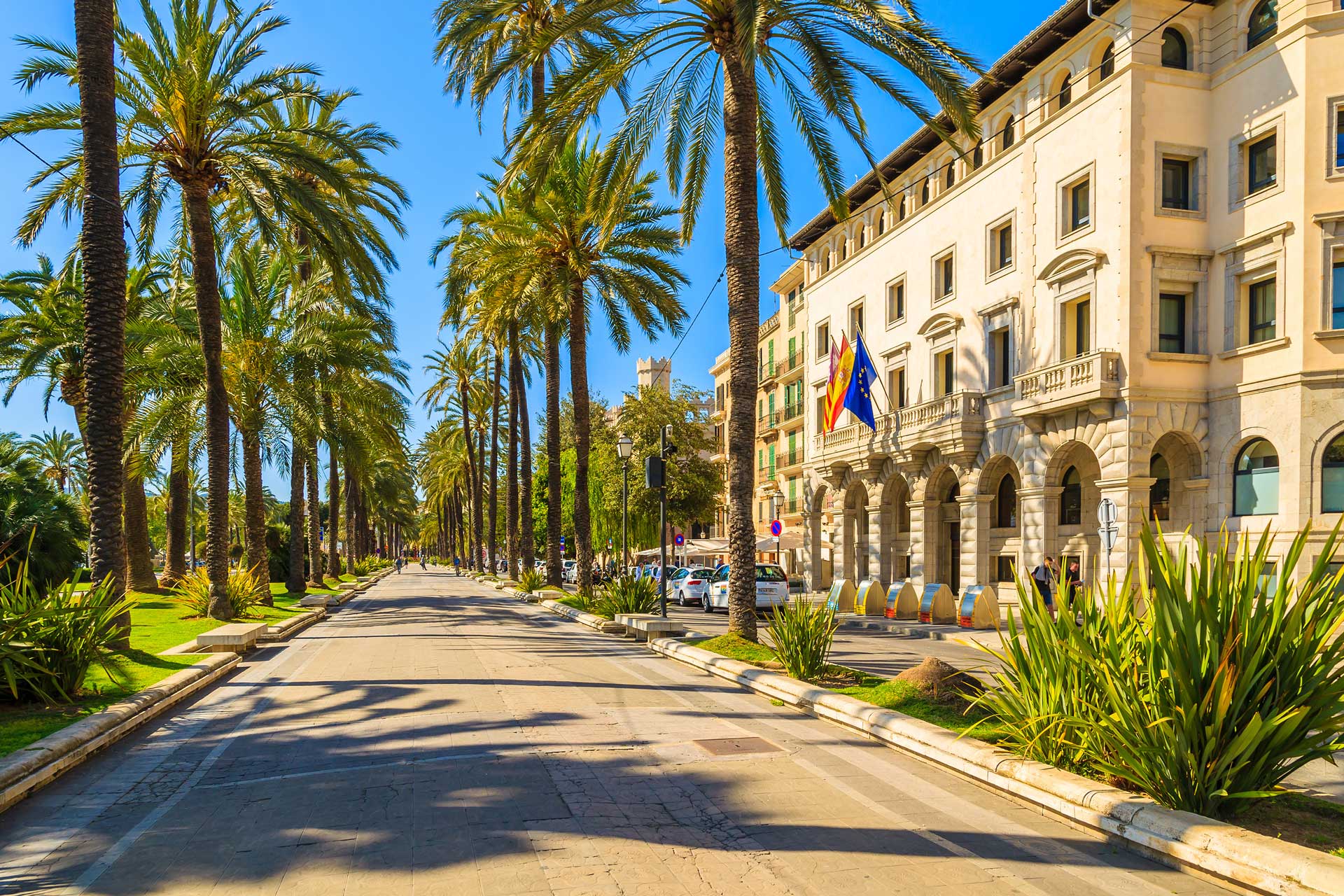
April in Mallorca is Easter
In April, Semana Santa (Holy Week) becomes one of the central events in Mallorca, imbuing the island with an atmosphere of solemnity and tradition. This period is a unique fusion of religious devotion and cultural manifestations that attract both residents and visitors.
The temperature at this time, as mentioned above, is mild, allowing those attending the processions to enjoy the activities without the oppressive extreme heat and cold of winter. In addition, the probability of rain is relatively low, although it is always prudent to consult the local forecast just in case.
The Easter processions in Mallorca are emotional and visually stunning spectacles. The most prominent is the procession of the Cristo de la Sangre in Palma, which attracts thousands of spectators each year. The sacred images, accompanied by penitents and torchbearers, walk the cobblestone streets of the city, creating an atmosphere of introspection and respect.
Processions during Holy Week
A procession is a religious ceremony consisting of an orderly parade of people who walk a pre-established path or itinerary, usually through the streets of a city or town. In the context of Christianity, and more specifically during Holy Week, processions represent moments of the Passion, Death and Resurrection of Jesus Christ, allowing the faithful to meditate on these mysteries and publicly express their faith.
Penitents are the participants in the procession who, traditionally, seek penance or atonement for their sins. In many traditions, especially in Spain and other Spanish-speaking regions, penitents wear tunics and carry capirotes. The capirote, is a distinctive elongated cone that covers the head and part of the face, allowing the wearer to maintain anonymity.
The use of the capirote has a double symbolism. On the one hand, its shape pointing towards the sky symbolizes the prayer that seeks to rise to God. On the other hand, the anonymity guarantees the humility of penance, that is, that the act of faith does not seek public recognition but is a personal and sincere expression of repentance and devotion.
The origin of this clothing can be traced back to the Middle Ages, where penitents condemned by the Inquisition were forced to wear capirotes and tunics as a sign of public humiliation. However, in the context of Holy Week, the connotation is one of voluntary and personal penitence, without the negative connotation of punishment.
The Christ of the Blood
The procession of the Christ of the Blood, known locally as “El Crist de la Sang”, is one of the oldest and most emblematic in Mallorca, with roots dating back to the 16th century. This revered tradition has endured over the centuries, becoming the centerpiece of Holy Week in Palma de Mallorca.
The origin of the procession is closely linked to the history of the Confraria de la Sang, the oldest brotherhood on the island, founded in 1564. The cofradías que desfilan en la procesión, dressed in tunics and hoods of different colors according to their brotherhood, are the heart of the event. Each one carries their pasos, which are representations of the Passion of Christ, creating a living mosaic of the Mallorcan faith. The penitents, some barefoot as a sign of penitence, follow the steps in a silence that is only broken by the drums and saetas, heartbreaking songs that elevate the emotionality of the night.
A curious anecdote is that, despite the differences in modern society, the procession of the Cristo de la Sangre continues to unite people of all ages and social classes, showing a Mallorca united by tradition and faith. It is common to see entire families who have passed the baton of participating in the procession from generation to generation, keeping the essence of this religious practice alive.
Beyond the religious aspect, the procession is also a cultural event of great importance, which invites reflection on the history and traditions of the island. It is an experience that transcends the visual, leaving a lasting impression on all who participate and observe.
The Cristo de la Sangre and its procession are a pillar of Mallorcan identity during Holy Week, a time for devotion, community and the continuity of a tradition that has witnessed the passing of centuries and remains vibrant in the present.
Holy Week in the Seu (Cathedral)
Holy Week in the Cathedral of Palma, also known as La Seu, is a period of special significance and spirituality. This impressive Gothic temple, which dominates the skyline of the city with its majestic silhouette, becomes the epicenter of religious celebrations in Mallorca.
During this week, the Cathedral of Palma hosts numerous masses and liturgical rituals that attract the faithful and visitors. Notable services include Palm Sunday, where palms and olive branches are blessed; Good Thursday, with the Mass of the Lord’s Supper commemorating the Last Supper; Good Friday, with the moving celebration of the Lord’s Passion; and the Easter Vigil on the night of Holy Saturday, which marks the resurrection of Jesus with a liturgy full of symbolism and joy.
The architecture of the Cathedral lends itself to the atmosphere of introspection and recollection that characterizes Holy Week. The light filtering through the rose windows creates stunning visual effects, especially during the early morning hours and at sunset. This, together with the sound of the organ and liturgical chants, creates an unforgettable experience for those who attend.
The Cathedral also tends to be the point of departure or arrival of many of the processions, including that of the Cristo de la Sangre, adding an incomparable setting to these manifestations of faith. The surroundings of the Cathedral, with the Parc de la Mar at its feet, also offer a space for meeting and reflection before or after the services.
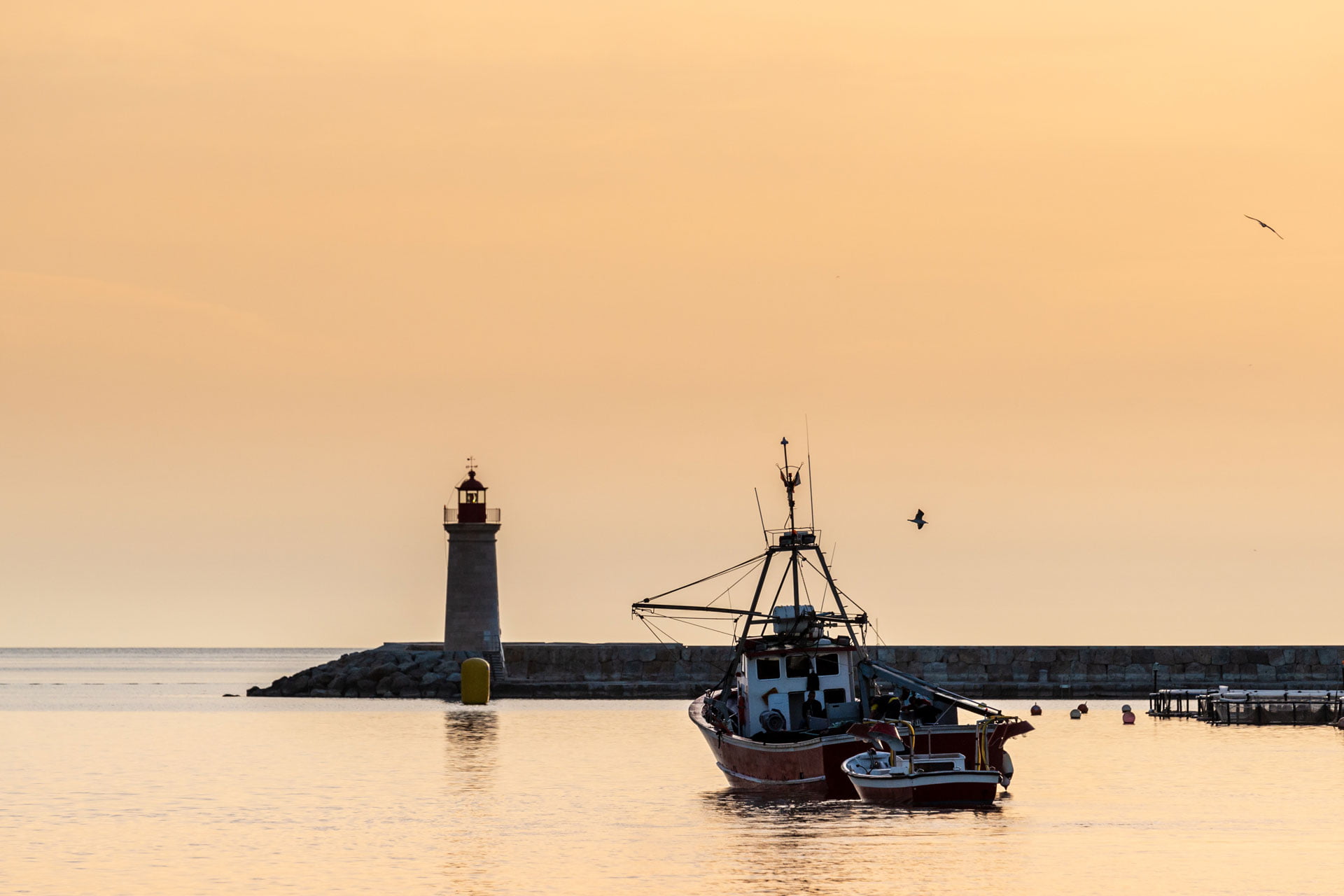
Mallorcan gastronomy at Easter time
The gastronomy during Easter in Mallorca is a celebration of flavors and traditions that are reflected in typical dishes such as robiols and panades, which have a special place on the tables during this season.
The robiols are sweet crescent-shaped pastries, traditionally filled with apricot jam, angel hair or cottage cheese. The dough is tender and slightly sweet, which makes them perfect for dessert or to accompany afternoon coffee. Their preparation is a family affair where recipes are passed down from generation to generation, and their consumption is typical not only during Holy Week but also throughout Lent and the Easter holidays.
The panades are larger pies and can be made of sweet or savory dough, although the savory ones are the most common during Easter. Traditionally filled with lamb or pork, peas and sobrasada, panades are eaten especially on Easter Sunday and Easter Monday although, like robiols, their presence extends throughout the season. The dough of the panades is thicker and more resistant, which makes them perfect to take them as lunch during typical Easter excursions or even to the beach.
Holy Week and Easter are times when the abstinence from meat on Fridays, now practically in disuse, translates into the richness of other dishes. It is common for fish and seafood to take center stage on menus at this time. Cod, in particular, is a star ingredient, presented in recipes such as “bacalao a la mallorquina“.
Another tradition is the “Pancaritat”, which is celebrated on Angel Sunday (the first Sunday after Easter Sunday), where families go to the hermitage of the village or town where they live and share typical foods such as panades and robiols. This custom reflects the community spirit and joy of the season, marking the end of Easter.
El producto local de Abril en Mallorca
En abril, Mallorca se enorgullece de sus productos locales de temporada, que son el corazón de su gastronomía y sus tradiciones culinarias. Durante este mes, la isla se llena de productos frescos que son la base de muchos platos mallorquines.
Cítricos: Los limones y las naranjas siguen siendo abundantes en abril, ofreciendo su frescura para ser disfrutados solos, en jugos, o como ingredientes en muchos platos y postres.
Alcachofas: Abril es un mes excelente para las alcachofas en Mallorca. Este vegetal versátil es celebrado por su sabor delicado y se utiliza en una variedad de formas, desde guisos hasta asados o en ensaladas.
Cordero: Aunque disponible durante todo el año, el cordero es especialmente popular en Pascua. Las carnes de cordero local se utilizan en platos tradicionales como el “frit mallorquí”, un guiso que lleva hígado y otros órganos del cordero, o simplemente asado para las celebraciones de Pascua.
Pescados: La dorada y el lenguado son pescados que destacan en esta época del año. Frescos y de gran calidad, son protagonistas de la cocina isleña, preparados a la plancha, al horno o en suculentos calderetas.
Espárragos trigueros: Silvestres y cultivados, los espárragos son una señal de que la primavera ha llegado a la isla. Se recogen en los campos y se usan en tortillas, revueltos o como acompañamiento.
Hierbas aromáticas: El tomillo, el romero y la mejorana crecen silvestres y son usados para aromatizar carnes, guisos y salsas, así como en la famosa “sobrasada” mallorquina.
Guisantes: Son una verdura de primavera por excelencia y en abril están en su mejor momento. Su sabor dulce y textura tierna los hacen perfectos para añadir a arroces, guisos o simplemente salteados con jamón.
Habas: Otro cultivo de primavera, las habas frescas son muy apreciadas en la cocina mallorquina. Se pueden encontrar en platos tradicionales como el “frit mallorquí” o en ensaladas.
Patatas nuevas: Las patatas nuevas comienzan a cosecharse en abril y son muy valoradas por su piel fina y su textura cremosa. Son un acompañamiento ideal para una gran variedad de platos.
Travel tips to Mallorca in April
For those planning to visit Mallorca in April, here are some travel tips to ensure a pleasant and authentic experience:
Pack appropriate clothing: Although the weather is generally mild in April, it can be variable. Bring light clothing for daytime wear and something warmer for cooler evenings.
Book accommodation in advance: Although April is not high season, events such as Easter processions can attract many visitors, so you may have trouble trying to book a particular establishment. It is wise to book accommodation in advance.
Car rental: Consider renting a car to explore the island at your own pace. Many of the charming villages and beautiful coves are most accessible with your own transportation.
Business hours: Be aware that during Holy Week some businesses and attractions may close or have special hours, especially on Good Friday and Easter Sunday.
Sun Care: Although the sun is not as strong as in summer, it is still advisable to use sunscreen, especially if you plan to spend time outdoors.
Language: Learning a few basic phrases in Catalan-Majorcan may be appreciated by locals, although Spanish and, in tourist areas English, are widely spoken.
Money and expenses: Make sure you have access to cash as, in some smaller places or open-air markets, credit cards are not accepted.
Respect traditions: During Holy Week and other holidays, it is important to show respect for local traditions and customs.
By following these tips, your visit to Mallorca in April will be an enriching and smooth experience, allowing you to enjoy all that our beautiful island has to offer.
Where to find more information
For practical and up-to-date information about Mallorca, here are some official websites and resources that may be of great use:
- Mallorca.es: This is the official tourism website for the island of Mallorca. It provides information of interest to tourists, including places of interest, events and tours.
- VisitPalma.com: This site offers recommended experiences in Palma, the capital of Mallorca. It includes information on tourist sites, inspiring routes and local activities.
- IllesBalears.travel: This site highlights the diverse experiences Mallorca has to offer, from nature and sports to culture, gastronomy and charming villages.


